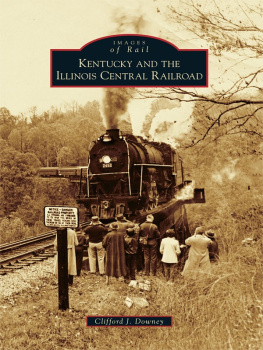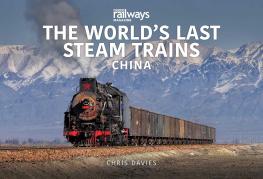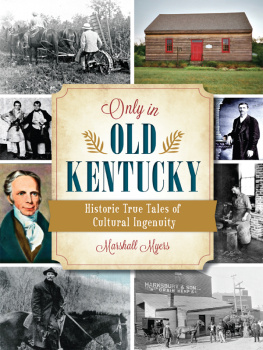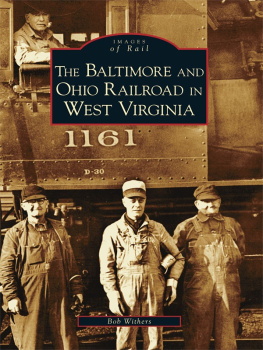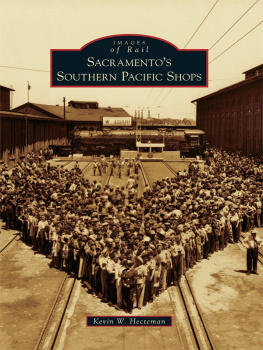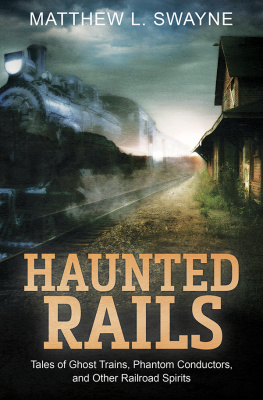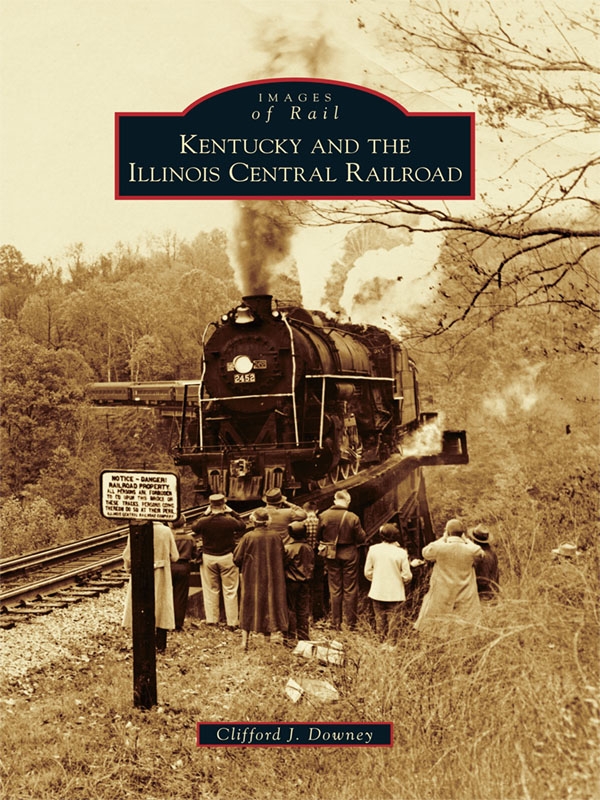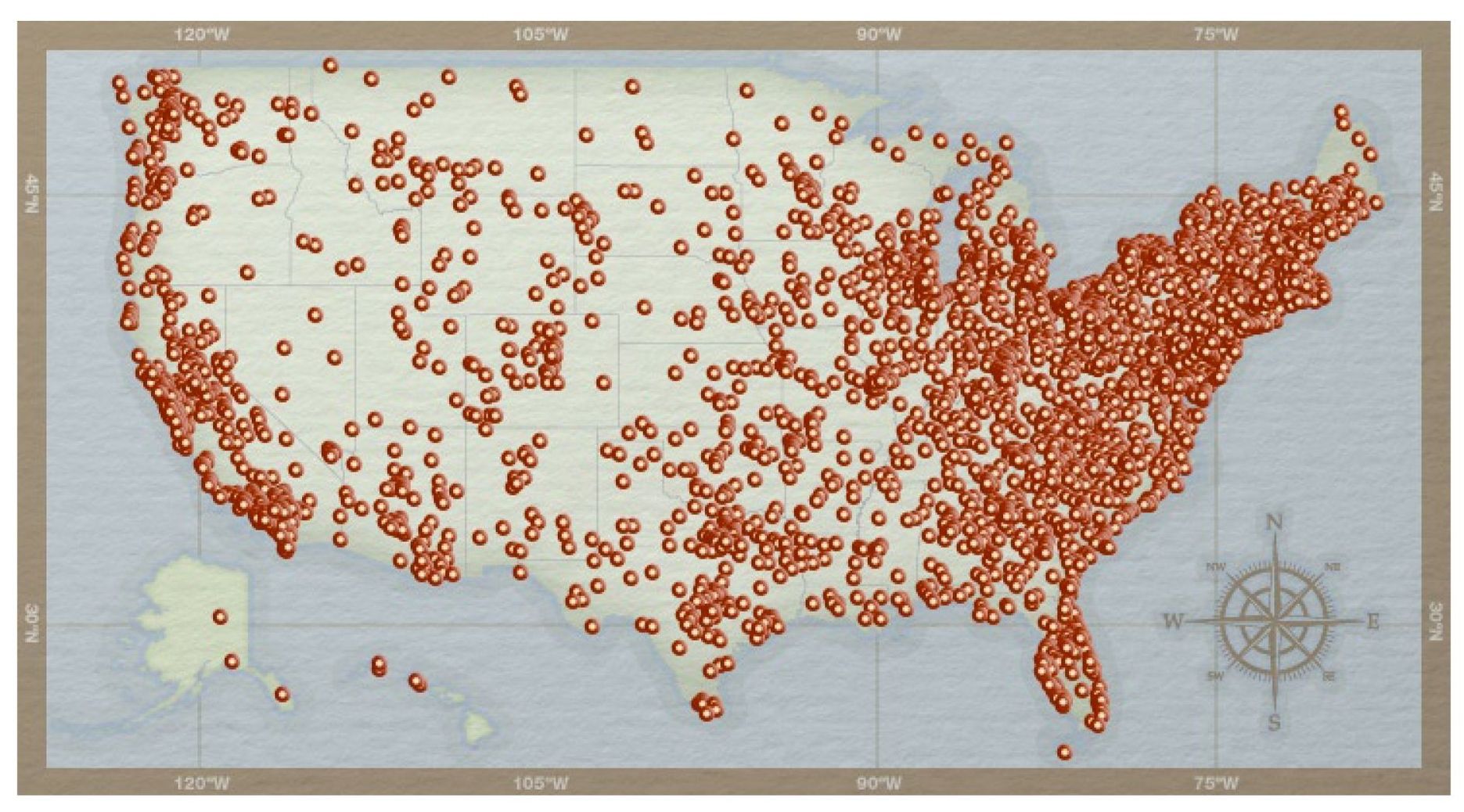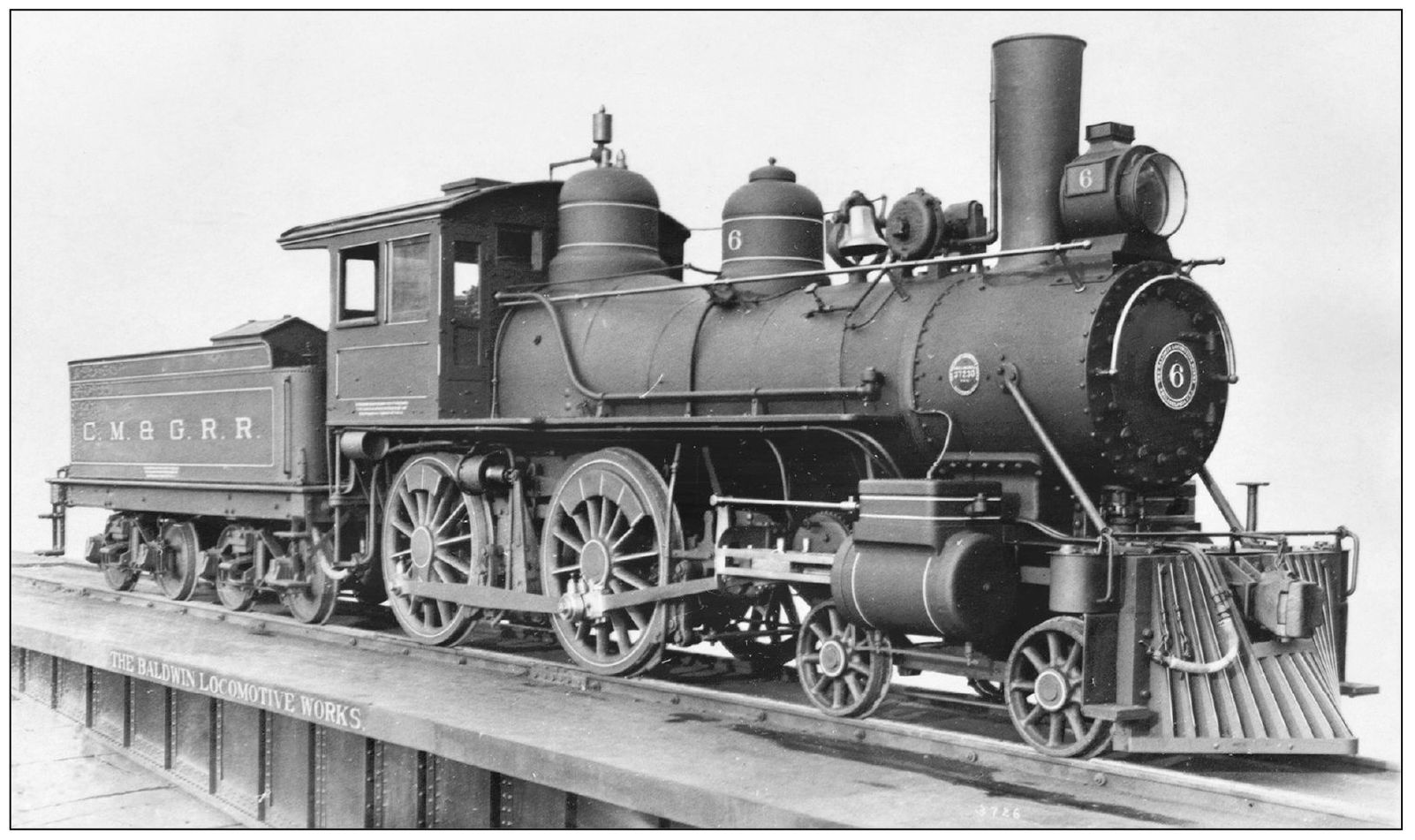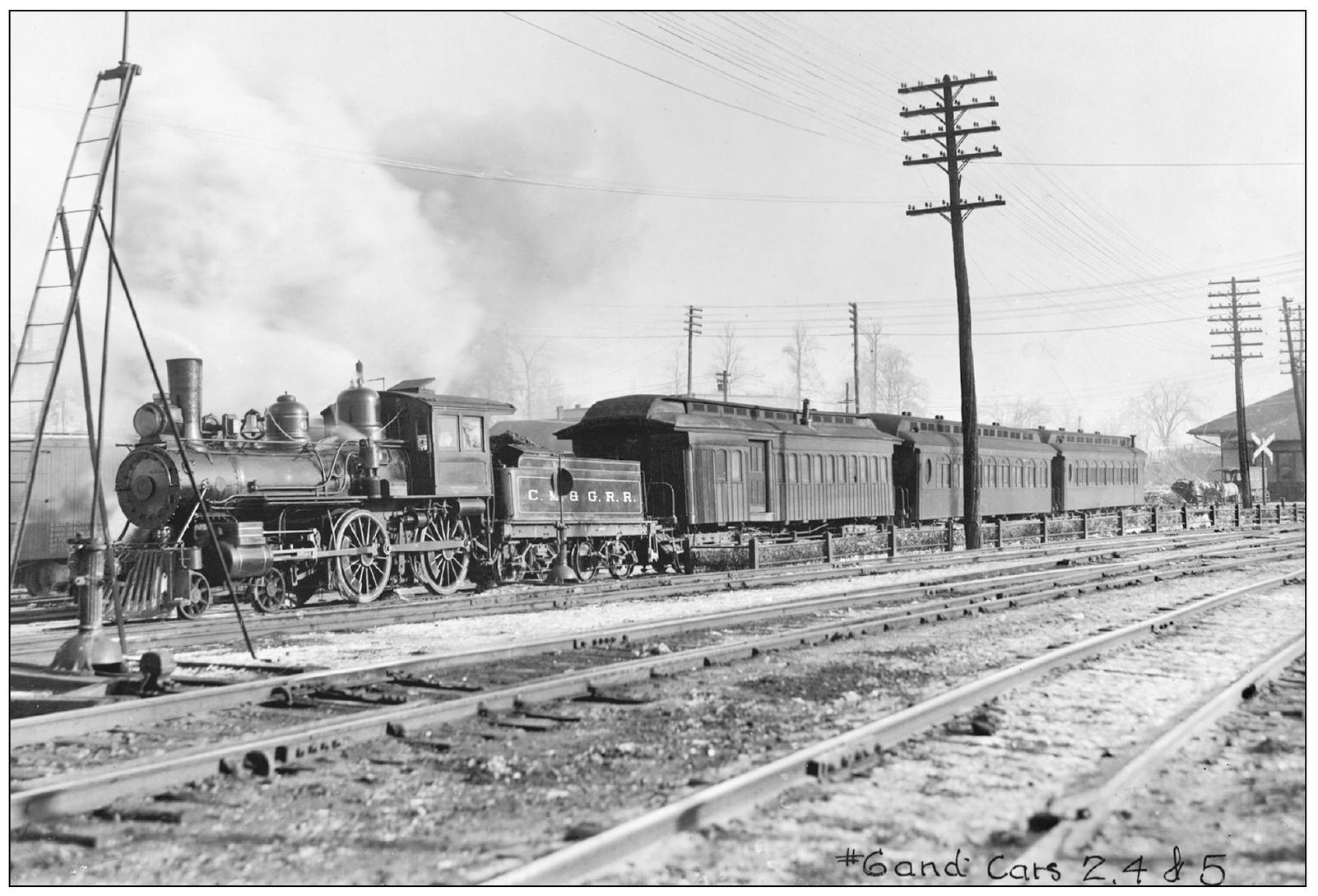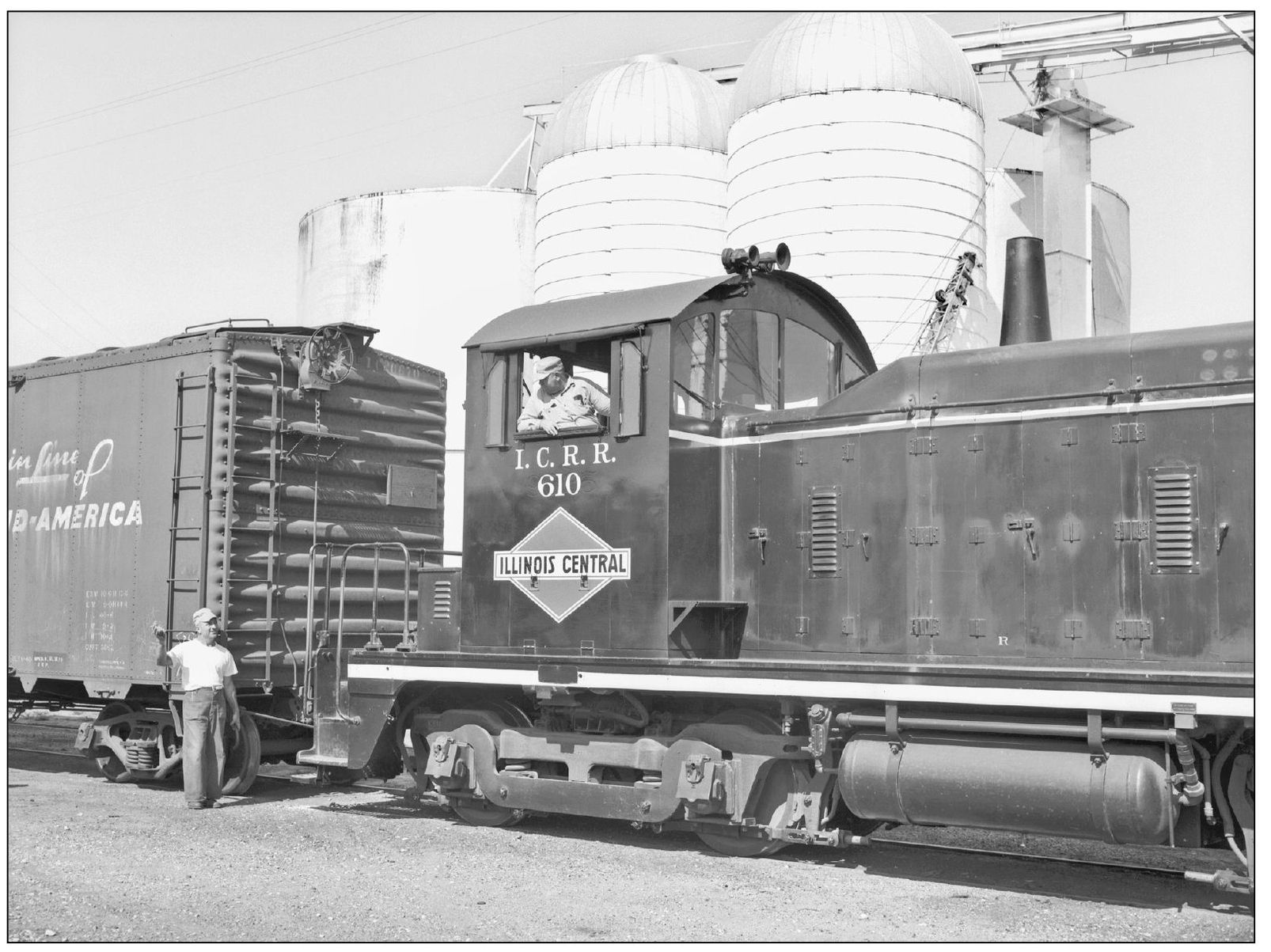Clifford J. Downey - Kentucky and the Illinois Central Railroad
Here you can read online Clifford J. Downey - Kentucky and the Illinois Central Railroad full text of the book (entire story) in english for free. Download pdf and epub, get meaning, cover and reviews about this ebook. year: 2010, publisher: Arcadia Publishing, genre: Religion. Description of the work, (preface) as well as reviews are available. Best literature library LitArk.com created for fans of good reading and offers a wide selection of genres:
Romance novel
Science fiction
Adventure
Detective
Science
History
Home and family
Prose
Art
Politics
Computer
Non-fiction
Religion
Business
Children
Humor
Choose a favorite category and find really read worthwhile books. Enjoy immersion in the world of imagination, feel the emotions of the characters or learn something new for yourself, make an fascinating discovery.
- Book:Kentucky and the Illinois Central Railroad
- Author:
- Publisher:Arcadia Publishing
- Genre:
- Year:2010
- Rating:3 / 5
- Favourites:Add to favourites
- Your mark:
Kentucky and the Illinois Central Railroad: summary, description and annotation
We offer to read an annotation, description, summary or preface (depends on what the author of the book "Kentucky and the Illinois Central Railroad" wrote himself). If you haven't found the necessary information about the book — write in the comments, we will try to find it.
The Illinois Central Railroad (ICRR) operated approximately 600 miles of mainline track throughout the Commonwealth of Kentucky, stretching from the Mississippi River to the central part of the state. In addition to Louisville, the states largest city, the ICRR also served dozens of small towns. Kentuckys economy was built around coal mining and farming, and the ICRR played a major role in both industries. ICRRs coal trains served as a conveyor for Kentucky coal moving to Midwest factories, and the road hauled a wide variety of agricultural products, including tobacco, grain, and fresh fruit. No mention of the ICRR would be complete without discussing the fleet of fast passenger trains that whisked Kentucky residents to and from distant cities. To maintain the locomotives that hauled all these trains the ICRR operated one of the nations largest locomotive repair shops in Paducah.
Clifford J. Downey: author's other books
Who wrote Kentucky and the Illinois Central Railroad? Find out the surname, the name of the author of the book and a list of all author's works by series.

